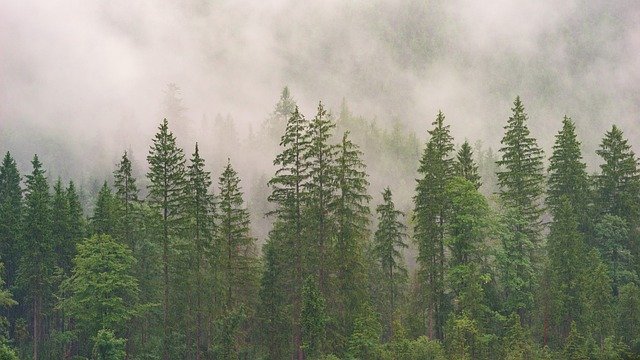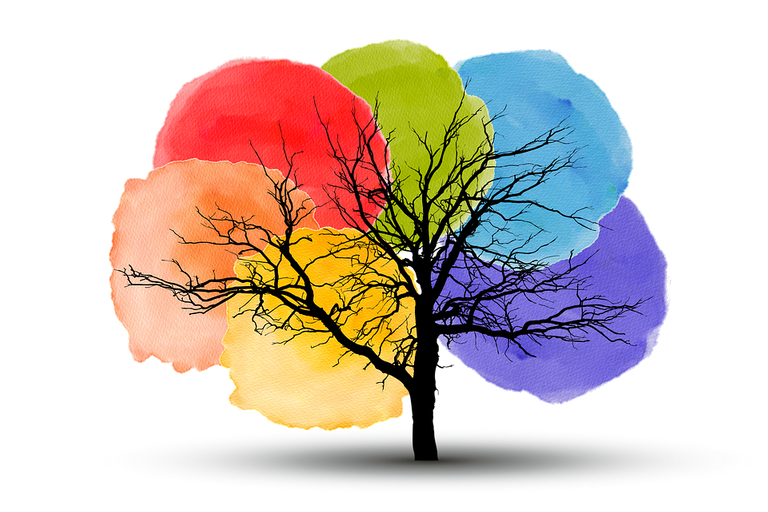
The Secret Life of Urban Wildlife
Urban environments are often thought of as bustling hubs of human activity, but beneath the surface lies a vibrant world of wildlife that has adapted to life in the city. From the stealthy raccoon rummaging through trash cans to the majestic hawk soaring above skyscrapers, urban wildlife is both fascinating and resilient. In this post, we’ll explore the secret lives of these creatures and how they navigate the challenges and opportunities of urban living.
Why Urban Wildlife Matters
Urban wildlife plays a crucial role in maintaining the ecological balance of cities. Here are a few reasons why they are important:
- Biodiversity: Urban areas can support a surprising variety of species, contributing to overall biodiversity.
- Ecosystem Services: Wildlife helps with pest control, pollination, and seed dispersal, which are essential for healthy urban ecosystems.
- Human Connection: Observing wildlife can enhance our connection to nature, providing mental health benefits and fostering a sense of community.
Common Urban Wildlife
1. Birds
Urban areas are often home to diverse bird species, from the common pigeon to the striking peregrine falcon. Birds adapt to city life by nesting in buildings and foraging for food in parks and gardens.
2. Mammals
Mammals like raccoons, squirrels, and foxes have become adept at living alongside humans. These animals often explore neighborhoods at night, searching for food and shelter.
3. Insects
Insects, including bees and butterflies, thrive in urban gardens and parks. They play a vital role in pollination, supporting both wild and cultivated plants.
4. Reptiles and Amphibians
Urban areas can also support reptiles and amphibians, such as turtles and frogs, especially in green spaces with ponds or wetlands.
How Wildlife Adapts to Urban Life
Urban wildlife has developed unique strategies to survive and thrive in human-dominated landscapes:
- Resourcefulness: Many animals have learned to exploit human resources, such as scavenging food from garbage or using buildings for shelter.
- Behavioral Changes: Animals may alter their behavior to avoid human interaction, becoming more active at night or using quieter routes to navigate their territories.
- Habitat Utilization: Wildlife often makes use of parks, gardens, and green roofs to find food and nesting sites.
Challenges Faced by Urban Wildlife
Despite their adaptability, urban wildlife faces several challenges, including:
- Habitat Loss: Urban development often leads to the destruction of natural habitats, reducing the available space for wildlife.
- Pollution: Air and water pollution can have detrimental effects on wildlife health and reproduction.
- Human-Wildlife Conflict: As wildlife encroaches on urban areas, conflicts can arise, leading to negative perceptions and sometimes harmful actions against these animals.
How You Can Help Urban Wildlife
There are many ways you can support urban wildlife in your community:
- Create Wildlife-Friendly Spaces: Plant native species in your garden, create birdhouses, and leave areas of your yard wild to provide habitat.
- Reduce Pollution: Participate in local clean-up efforts and advocate for policies that reduce pollution and protect natural areas.
- Educate Others: Share your knowledge about urban wildlife with friends and family to foster a greater appreciation for these creatures.
Conclusion
The secret life of urban wildlife is a testament to nature's resilience. By understanding and supporting these creatures, we can create a harmonious coexistence that benefits both wildlife and humans. Next time you’re out in the city, take a moment to observe the fascinating wildlife around you—you might be surprised by what you find!
Feel free to share your experiences or observations of urban wildlife in the comments below! 🦉🌳🐾

All images are taken from the Pixabay.com